The United States is home to a diverse array of architectural wonders, each standing as a testament to human ingenuity, creativity, and innovation. From towering skyscrapers to historic monuments, these buildings have become symbols of American culture and identity. In this article, we’ll explore 15 iconic landmarks that have left an indelible mark on the landscape of the United States.
15 Iconic Buildings in America
1. Empire State Building – New York City, New York
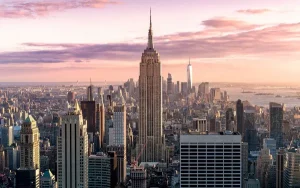
Standing as an emblem of New York City’s skyline, the Empire State Building is an Art Deco masterpiece that has captured the imagination of millions since its completion in 1931. Rising to a height of 1,454 feet, it held the title of the world’s tallest building for nearly four decades. Its iconic design and panoramic views of the city make it a must-visit attraction for tourists and a source of pride for New Yorkers.
2. Statue of Liberty – Liberty Island, New York
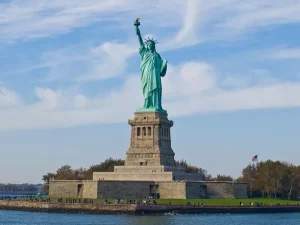
A symbol of freedom and democracy, the Statue of Liberty has welcomed immigrants to the shores of the United States for over a century. Designed by French sculptor Frédéric Auguste Bartholdi and dedicated in 1886, the statue stands at 305 feet tall and has become an enduring symbol of American ideals. Visitors can climb to the crown for breathtaking views of New York Harbor and beyond.
3. Golden Gate Bridge – San Francisco, California
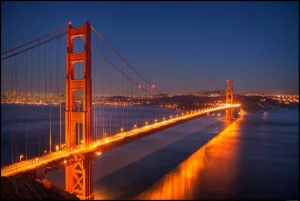
Spanning the entrance to San Francisco Bay, the Golden Gate Bridge is one of the most recognizable bridges in the world. Completed in 1937, its distinctive orange color and elegant Art Deco design make it a beloved symbol of the city. Stretching 1.7 miles across the bay, it offers stunning views of the surrounding landscape and is a favorite spot for photographers and tourists alike.
4. White House – Washington, D.C.
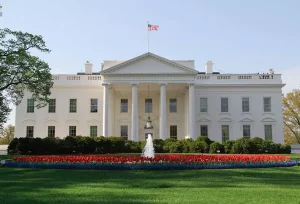
As the official residence and workplace of the President of the United States, the White House stands as a symbol of American democracy and leadership. Designed by James Hoban and completed in 1800, its neoclassical architecture and iconic facade have made it one of the most recognizable buildings in the world. Visitors can explore its public rooms and gardens on guided tours led by White House staff.
5. Chrysler Building – New York City, New York
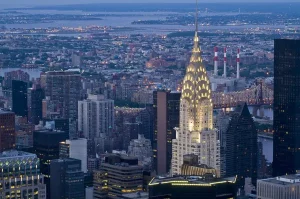
An Art Deco masterpiece, the Chrysler Building is renowned for its distinctive crown and stainless steel spire. Completed in 1930, it briefly held the title of the world’s tallest building before being surpassed by the Empire State Building. Despite its relatively modest height compared to modern skyscrapers, its elegant design and intricate ornamentation continue to captivate admirers from around the world.
6. Space Needle – Seattle, Washington
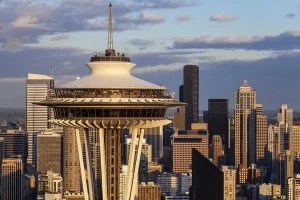
Built for the 1962 World’s Fair, the Space Needle quickly became a symbol of Seattle and the Pacific Northwest. Standing at 605 feet tall, its futuristic design and rotating observation deck offer panoramic views of the city skyline, Puget Sound, and the surrounding mountains. It remains one of the most visited tourist attractions in the region, attracting millions of visitors each year.
7. United States Capitol – Washington, D.C.
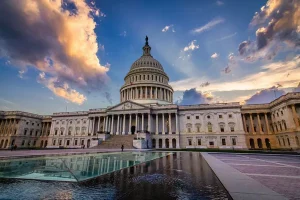
As the seat of the United States Congress, the Capitol Building is a symbol of American democracy and governance. Designed by William Thornton and completed in 1800, its neoclassical architecture and iconic dome have made it a landmark of Washington, D.C. Visitors can explore its historic halls, chambers, and rotunda on guided tours led by Capitol guides.
8. Willis Tower (formerly Sears Tower) – Chicago, Illinois

Once the tallest building in the world, the Willis Tower remains an iconic symbol of Chicago’s skyline. Completed in 1973, its innovative design and towering height revolutionized skyscraper construction. Visitors can take a thrilling ride to the Skydeck on the 103rd floor, where they can enjoy breathtaking views of the city and beyond.
9. Hoover Dam – Nevada/Arizona Border
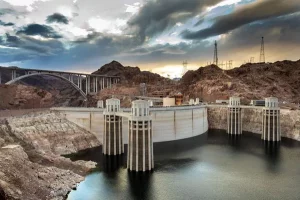
A marvel of modern engineering, the Hoover Dam stands as a testament to American innovation and perseverance. Completed in 1936, it remains one of the largest concrete structures in the world and provides hydroelectric power to millions of people in the southwestern United States. Visitors can take guided tours of the dam and learn about its history and significance.
10. St. Louis Gateway Arch – St. Louis, Missouri
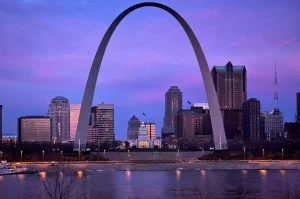
An iconic symbol of the American West, the Gateway Arch stands as a tribute to the pioneers who explored and settled the region. Completed in 1965, its graceful stainless steel curve rises 630 feet above the banks of the Mississippi River, offering stunning views of the city and beyond. Visitors can ride to the top in a unique tram system and explore the museum at its base.
11. Lincoln Memorial – Washington, D.C.
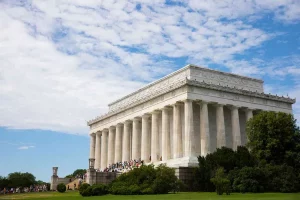
Dedicated to the 16th President of the United States, the Lincoln Memorial is a symbol of freedom, equality, and democracy. Designed by Henry Bacon and completed in 1922, its neoclassical architecture and towering statue of Abraham Lincoln have made it a beloved landmark in the nation’s capital. Visitors can pay their respects to Lincoln and explore the memorial’s historic significance.
12. One World Trade Center – New York City, New York

Built on the site of the former World Trade Center destroyed in the September 11 attacks, One World Trade Center stands as a symbol of resilience and renewal. Completed in 2014, its soaring height of 1,776 feet makes it the tallest building in the Western Hemisphere. Its sleek design and observatory offer panoramic views of the city and serve as a tribute to those who lost their lives on 9/11.
13. Mount Rushmore National Memorial – Keystone, South Dakota
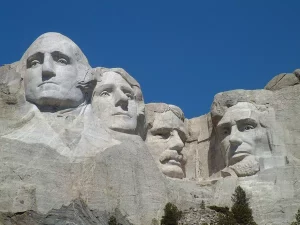
Carved into the granite face of Mount Rushmore, this iconic memorial features the faces of four American presidents: George Washington, Thomas Jefferson, Theodore Roosevelt, and Abraham Lincoln. Completed in 1941, it has become a symbol of American democracy and leadership. Visitors can explore the memorial’s hiking trails, museum, and visitor center to learn about its history and significance.
14. The Pentagon – Arlington, Virginia
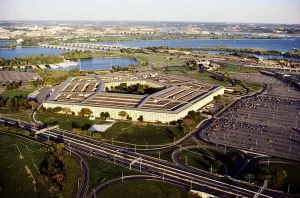
As the headquarters of the United States Department of Defense, the Pentagon is one of the largest office buildings in the world. Completed in 1943, its distinctive five-sided design and massive scale make it a unique architectural landmark. While access to the interior is restricted, visitors can view the building from the Pentagon Memorial, which honors the victims of the September 11 attacks.
15. Walt Disney Concert Hall – Los Angeles, California
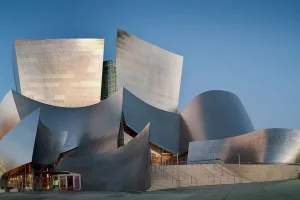
Designed by renowned architect Frank Gehry, the Walt Disney Concert Hall is a stunning example of contemporary architecture and design. Completed in 2003, its undulating stainless steel exterior and innovative acoustics have made it a beloved landmark in Los Angeles. Visitors can attend concerts and performances in its world-class concert hall or take guided tours to learn about its design and construction.
Conclusion
From the towering skyscrapers of New York City to the majestic monuments of Washington, D.C., these iconic buildings represent the rich tapestry of American history, culture, and innovation. Whether they serve as symbols of freedom, democracy, or human achievement, each landmark leaves an indelible mark on the landscape of the United States, inspiring awe and admiration for generations to come.
You Might Be Interested In:
























